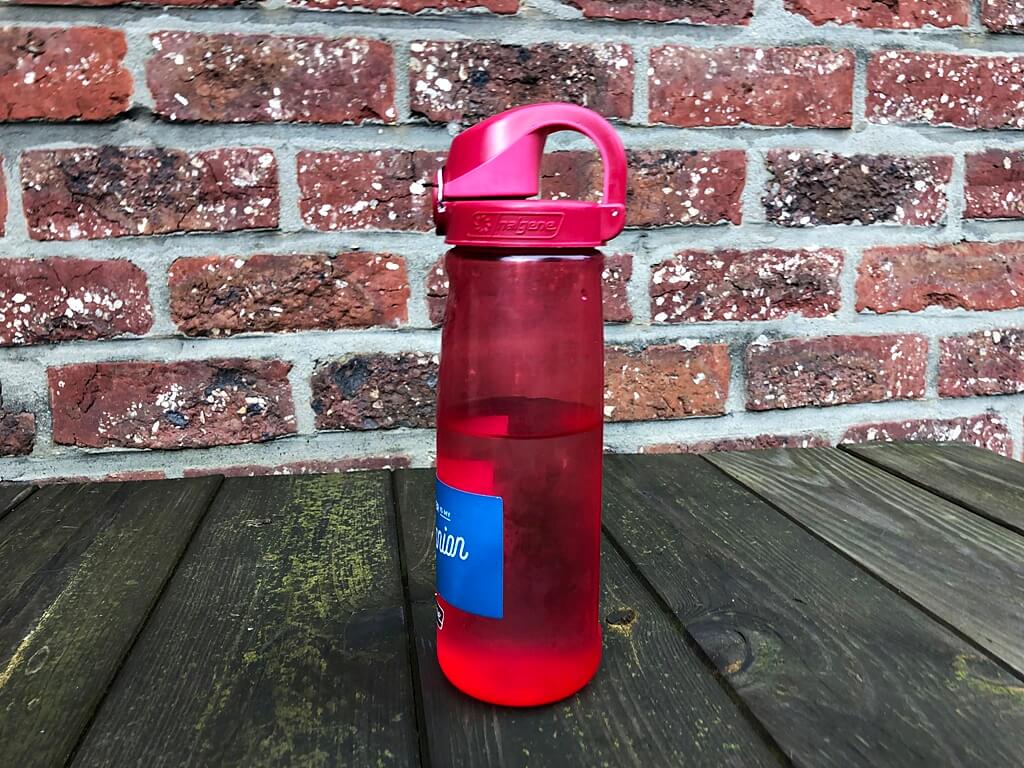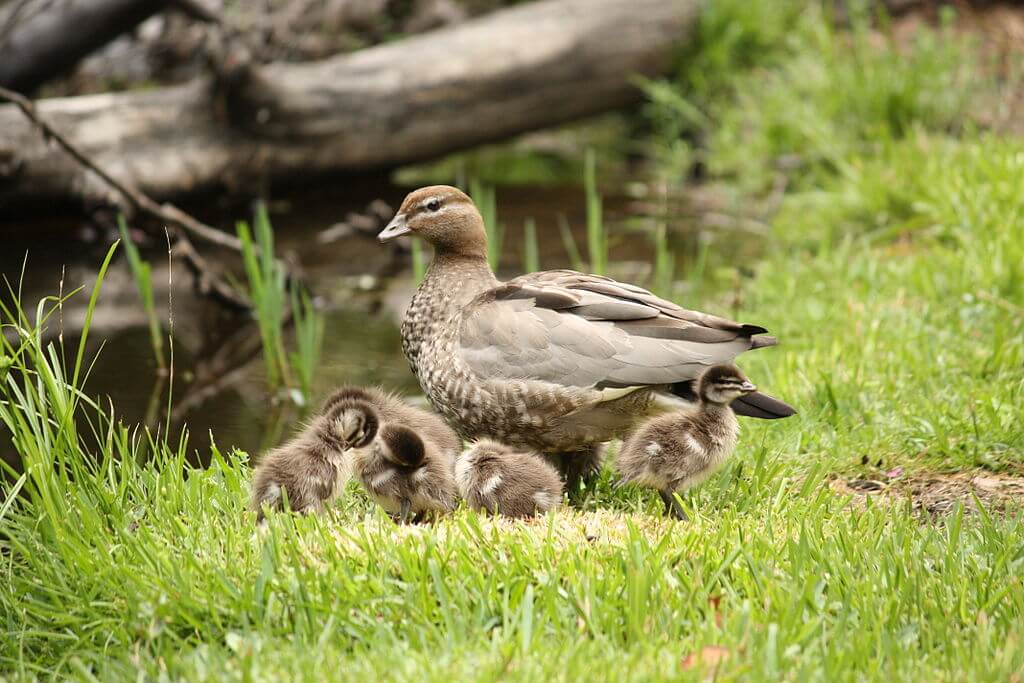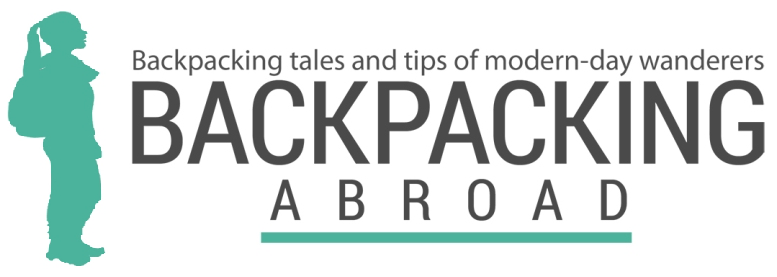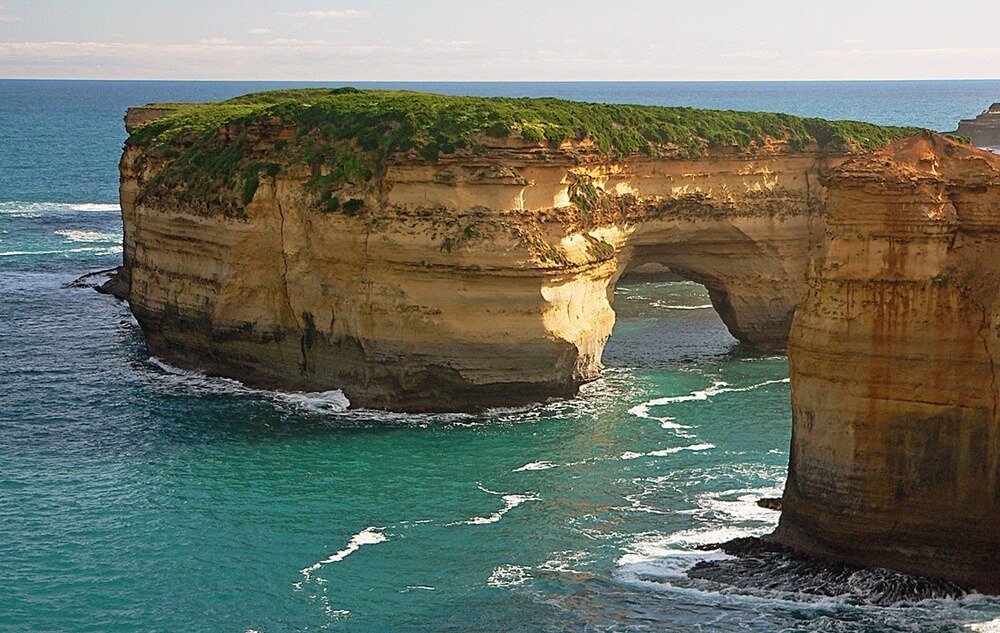Whether you plan on staying for a couple weeks or several months, here are some important tips for backpacking in Australia you’ll want to keep in mind while planning your Australia itinerary.
Plan for the Best Time to Visit Australia
Before you embark on a backpacking trip across Australia or explore a lava cave in Iceland, be sure to familiarize yourself with the areas you want to visit, the weather conditions, and best times to travel. One of the most popular places to visit in Australia is Great Ocean Road. Check out the breakdown of Great Ocean Road weather here but keep in mind that weather varies from region to region.
Generally speaking, April to September is the best time to visit Australia as the weather is mild and most of the country is warm and dry. Low season is from October to March, when the hot and humid weather is too extreme for most visitors, especially in Western Australia.
However, if you can handle the heat, this can be a great time to travel as many hostels and activities will have discounted rates. If you plan on backpacking in Australia while working in the tourism or agriculture industry, you’ll want to plan your destinations according to industry needs as well.
Know the Costs for Backpacking in Australia
Regardless of whether you’re backpacking in Australia for a couple weeks or several months, you’ll want to get an idea of the costs so you can budget appropriately. Going on a road trip to the Great Ocean Road can be pricey if you lack preparation.
You can estimate to spend between AUD 50-60 per day while backpacking in Australia. A dorm bed in a hostel typically costs AUD 15-20, while you can budget AUD 20 for food, AUD 10 on transportation, and AUD 10-20 on activities.
Of course, there is always room to adjust and find ways to save, or splurge, if your budget allows. Either way, hanging onto an idea of the costs of traveling in Australia will help you stick to your financial goals.

Keep It Green
Part of the beauty of backpacking in Australia is getting to enjoy the beautiful, pristine landscapes like the best beaches along the Great Ocean Road. However, it’s essential to respect these ecosystems. As a backpacker, do your part. be sure to pick up your trash, only camp where you’re allowed, look for eco-responsible tour companies, and opt for more sustainable choices.
At minimum, we suggest traveling with a reusable water bottle, reusable utensils (titanium sets are super light weight) and cloth tote bag.
Select Your Transport
Australia is a huge country, and with so much to see, it can be expensive to get around by plane or train. Depending on how long you plan to stay, there are several affordable options.
For short-term travels, you may want to rent a car or consider ride sharing. Sites like Gumtree and Jayride allow you to catch a ride with other travelers and can be a great way to save money. Hostels are also a good place to connect with other travelers who may be headed in the same direction.
If you plan on working and/or backpacking in Australia for a longer period, you should consider buying a used car or campervan. You’ll have a lot more control over where you can go and for how long.

Try Out WWOOFing
One of the best ways to go backpacking in Australia on the cheap is by volunteering on farms across the country. WWOOF (World Wide Opportunities on Organic Farms) is a site where you can find organic farms around Australia that will host you.
In exchange for food and accommodation, you work for an average of 4-5 per day. Tasks can include working with animals, weeding, gardening, picking fruit, and so much more. This is a great option to stay in one place for a little while and get to know the area while minimizing your expenses. Who knows, you may even find yourself WWOOFing at one of the country’s famous vineyards.
Look for Free Internet
One of the downsides of backpacking in Australia is the expensive internet. If you’re traveling from abroad and don’t have a local data plan, you may find yourself relying on the internet even more than ever.
Luckily, libraries and McDonald’s have free WiFi that you can use, so be sure to highlight them on your map or apps as a reliable place to connect your devices.
Download the Right Apps
Having the right apps downloaded on your smartphone can help many any experience backpacking in Australia that much smoother. We recommend downloading Google Maps app on your phone if you don’t already have it.
On the app, you can download a map of the area(s) you will be backpacking in so that you can view it offline. You can even save destinations and landmarks for later, making navigating and planning your Australia itinerary that much easier. This app is especially convenient if you have limited data or for travel in areas without cell reception.
We also love the Wikicamps Australia app. It has the most up-to-date database for campgrounds, RV parks, hostels, public dumping spots and more. Other useful apps include Fuel Map Australia, which helps you locate the nearest fuel stations and includes prices, and the the Toilet Finder app, cause you never know when you might need one.
Check Your Important Info & Documents
Backpacking is meant to be fun and adventurous, but you may find yourself in unpredictable situations. If you’re visiting from abroad and plan on renting or buying a car, you’ll want to ensure you have all the required documents. For example, you may need to acquire an international drivers license.
You’ll want to be sure to have travel insurance, car insurance as well as emergency numbers handy on your mobile. The Australian emergency number is 000 and should be dialed if you need urgent help from police, firefighters, or an ambulance.
Always be sure to inform others of your whereabouts while traveling, especially if you’re doing off the beaten track. Hopefully you’ll never need to use any of these numbers, but being prepared will allow you to enjoy your trip without the stress.

Get a Taste of Aussie Food
Part of backpacking in Australia is getting to know the local culture, and a big part of that is food. Though there isn’t exactly Australian cuisine but there are still a ton of Aussie staples that you should try out during your travels.
Classics include Tim Tams, Lamingtons, Meat Pies, and Vegemite. If you enjoy coffee, you’ll want to indulge in the country’s coffee scene. Australia is known for its world-class roasts and cafes, some of the best being found in the cities and towns such as Melbourne, Lorne, and Sydney. Try a flat white, an Australian original, or a Piccolo latte, the current local favorite.
Prioritize Your Destinations
With so much to see and so many things to do in Australia, you’ll want to plan your backpacking itinerary based on your interests and timeframe. If you enjoy city life, big name shopping, upscale restaurants, and nightlife check out major cities like Sydney, Melbourne, and Perth.
However, backpacking in Sydney will be a much different experience then taking a Great Ocean Road tour. If you enjoy more of the coastal beach lifestyle, you’ll want to check out smaller destinations such as Byron Bay, Torquay, and Apollo Bay where things are a bit more laid-back and you’ll be closer to nature.
Featured photo credit: Loch Ard Gorge in Victoria, Australia. Photo by Bernard Spragg CC0.
About the Author

Natasha is of the Great Ocean Road Collective, a website dedicated to sharing the beauty of the Great Ocean Road in Australia with travelers far and wide. If you are planning your trip, need some inspiration or looking for authentic advice on Aussie travel visit her website The Great Ocean Road Australia or check her out on Instagram.


1 thought on “Top 10 Tips for Backpacking in Australia”